My jade plant looks pitiful...
mammaw123
15 years ago
Related Stories
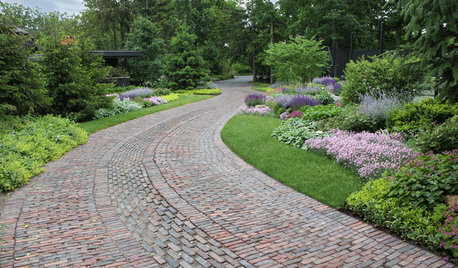
LANDSCAPE DESIGN6 Driveway Looks Take Landscapes Along for the Ride
See how to design a front yard that makes your driveway its own destination
Full Story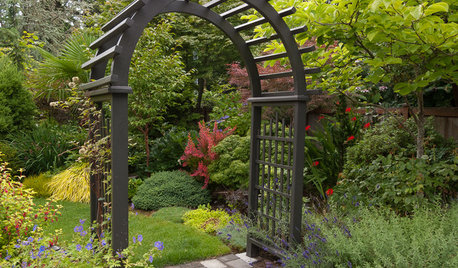
PLANTING IDEASGreat Garden Combo: 9 Plants for an Intriguing Entrance
Layer trees, flowers and shrubs around an archway to create the feeling of a year-round doorway to adventure
Full Story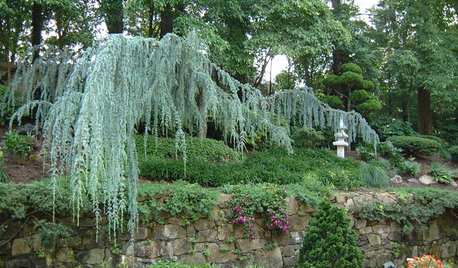
GARDENING GUIDESGreat Design Plant: Cedrus Atlantica ‘Glauca’
With its blue foliage and variety of shapes, blue atlas cedar earns its place in the sun
Full Story
GARDENING GUIDES8 Plants That Snobs Love to Hate — and You'll Love to Grow
Don't dismiss these common annuals, perennials and shrubs — there are reasons they've been popular for so long
Full Story
FEEL-GOOD HOME10 Ways to Get That Casual Chic Look
Make your home look effortlessly elegant by balancing rustic and refined, mixing textures and having a little fun
Full Story
DECORATING GUIDESHouzz Tour: Layered Look Adds a Fresh Sense of Style
Midcentury art, pottery and a mix of furnishings bring a hip edge to a traditional Los Angeles home
Full Story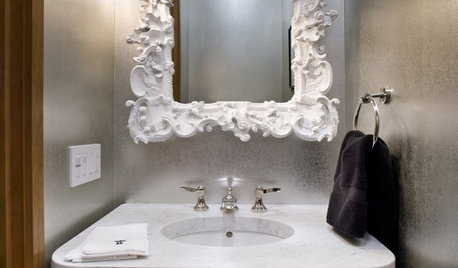
FUN HOUZZHere's Looking at You: A Mirror Personality Quiz
What does your bathroom mirror preference say about you? We offer some speculations to go with 11 very different mirror styles
Full Story
GARDENING GUIDESGreat Design Plant: Milkweed
Quit cringing. This not-weed plant is a sight to behold in the garden, has a delicious vanilla scent and is a magnet for butterflies
Full Story
HOUSEPLANTS8 Essentials for Healthy Indoor Plants
Houseplants add so much to our homes — and can thrive when grown in the right conditions. Keep these tips in mind
Full Story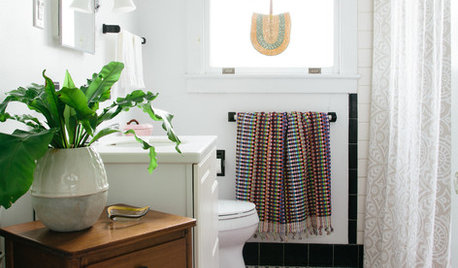
CONTAINER GARDENSFreshen Up the Bath With Lush and Healthy Plants
Learn how to choose and care for plants that will do well in your space
Full StorySponsored
Columbus Area's Luxury Design Build Firm | 17x Best of Houzz Winner!
More Discussions









greenman28 NorCal 7b/8a
tapla (mid-Michigan, USDA z5b-6a)
Related Professionals
Derry Landscape Architects & Landscape Designers · Lyons Landscape Architects & Landscape Designers · Manhattan Beach Landscape Architects & Landscape Designers · North New Hyde Park Landscape Architects & Landscape Designers · Tomball Landscape Architects & Landscape Designers · Ashburn Landscape Contractors · Dallas Landscape Contractors · Hannibal Landscape Contractors · Harvey Landscape Contractors · Hollywood Landscape Contractors · Kaneohe Landscape Contractors · Kearny Landscape Contractors · Lemoore Landscape Contractors · Marlborough Landscape Contractors · Barstow Interior Designers & Decoratorsjeannie7
greenman28 NorCal 7b/8a
gobluedjm 9/18 CA
birdsnblooms
pirate_girl
mammaw123Original Author
pirate_girl
birdsnblooms
tapla (mid-Michigan, USDA z5b-6a)
mammaw123Original Author
jeannie7
pirate_girl
tapla (mid-Michigan, USDA z5b-6a)
greenman28 NorCal 7b/8a
pirate_girl
birdsnblooms
tapla (mid-Michigan, USDA z5b-6a)
meyermike_1micha
pirate_girl
ponytail_grower
larry_b